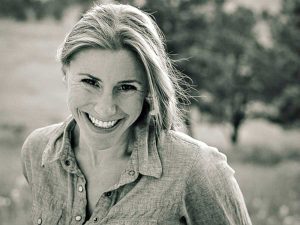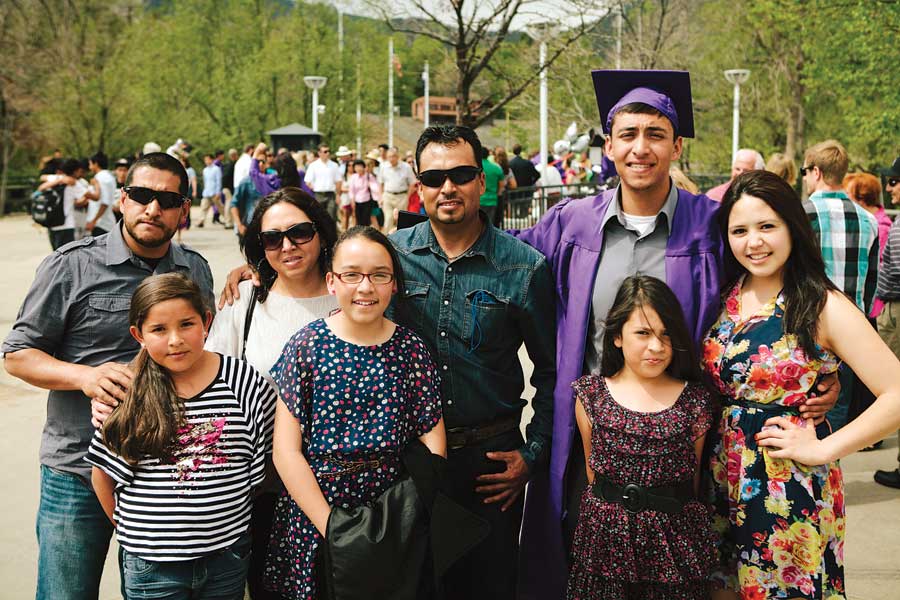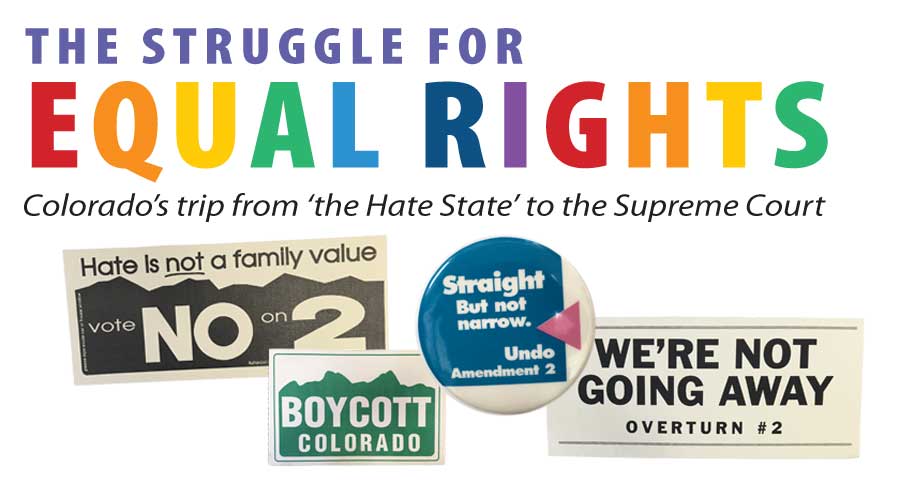Dana Romanoff’s projects are at heart of pressing contemporary issues
01 Sep 2016
Boulder's Romanoff is a multimedia master on a mission
In today’s vast, chaotic, do-it-yourself digital-information world, the odds of finding stories that are clear, compelling and honest are long. That makes the work of award-winning photographer, journalist and filmmaker Dana Romanoff especially welcome. “I want to tell important stories that people should know about or care about. But no one’s going to care unless the storytelling gets their attention,” says Romanoff.
Creating community through storytelling
Romanoff’s compositions and richness of detail make her images worth viewing in and of themselves, but she uses their appeal to point the viewer into the story. “You can use that beauty to get people to take a step closer,” she says. “My background really is anthropology and sociology, and my interest is in contemporary issues—about race, gender, social movement, class and poverty. So, when I approach stories I try to instill the emotion—that’s the lens I’m approaching them through. Listening to people, sharing their stories and having their voices heard.”
Brad Weismann is an independent writer and editor who looks into everything from grand opera to midget wrestling. He’s called the Front Range home for half a century, but he’s still ambivalent about prairie dogs.












